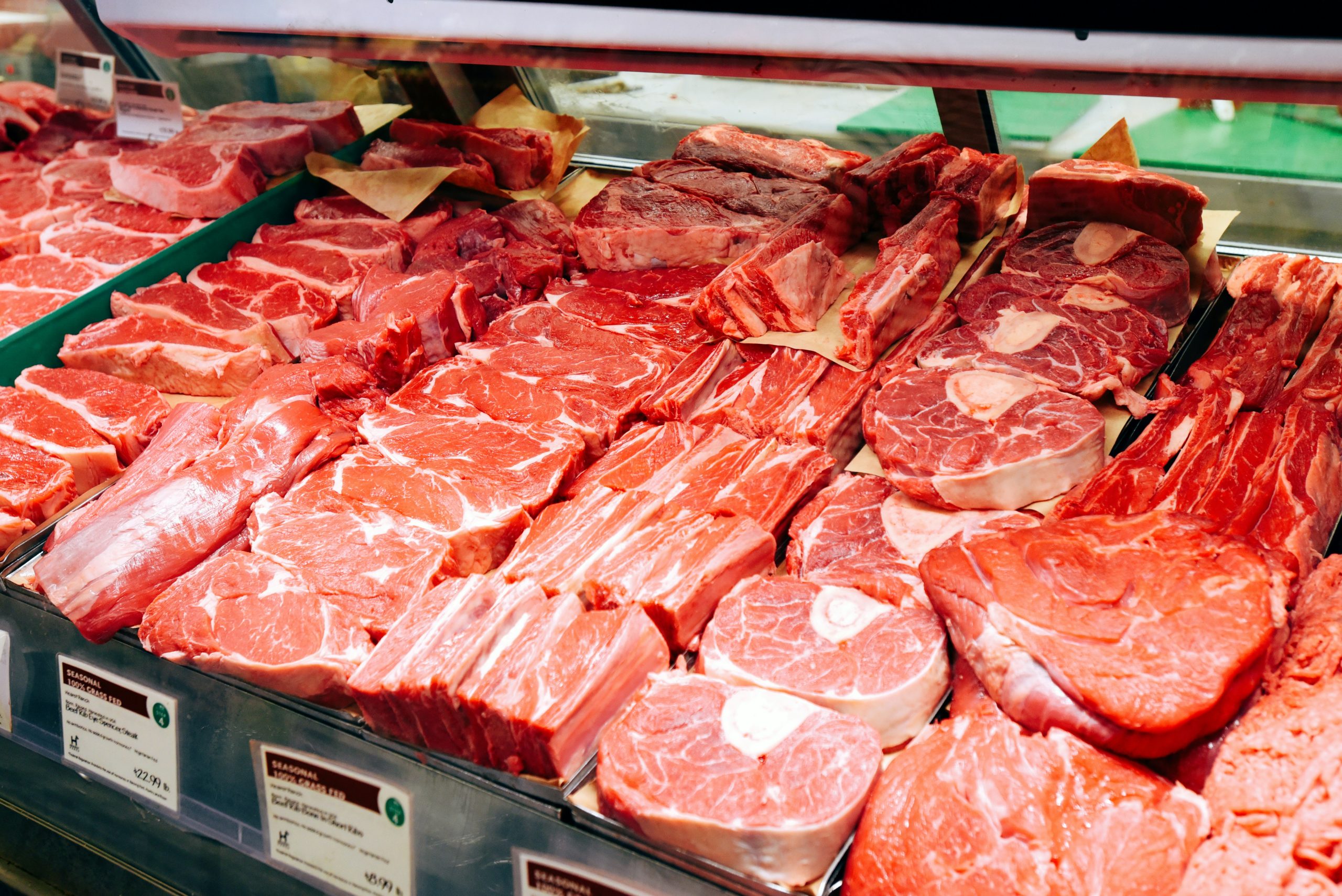Dr. Kenny Burdine, Extension Professor, Livestock Marketing of University of Kentucky has raised the question many times at his Extension programs, which aim to educate and inform local residents. He speaks about general trends in production levels of beef, pork and chicken. Of course, we will focus mainly on beef.
Analyzing Beef Production Trends
As we moved through 2023, beef production experienced a noticeable downturn, with estimates showing a 7% reduction from the previous year, totaling about 26.4 billion pounds. This decline was largely due to a smaller cattle inventory anticipated for the year, exacerbated by ongoing drought conditions that affected feed availability and herd health.
Looking ahead to 2024, further reductions in beef production are expected. Projections suggest a decrease of approximately 9% compared to 2023, driven by continued challenges in livestock management and supply chain issues. These shifts in production are significant as they directly influence retail beef prices and consumer purchasing patterns, impacting how much beef is consumed domestically and available for export
Consumer Reactions to Fluctuating Beef Prices
The problem with this question is that it assumes that price is fixed and price is what determines consumption levels, which is not always true. However, for the individual household level it is a fair assumption. A consumer makes purchase decisions at a retail location based on the prices they see. If the beef product they wanted was higher than expected, and a better buy was perceived to be had on another product, that consumer may well choose to purchase a competing product. But, Dr. Burdine prefers to think of this from more of a macro perspective.
A Macro Perspective on Beef Consumption
Most economists would argue that consumption is primarily a measure of production levels, and those production levels are largely fixed in short run. The number of cattle on feed, and the eventual number that are harvested, really determine beef production for a given period of time. Whatever is produced will either be consumed domestically or exported.
So, beef production really ends up determining how much beef is consumed in a given period of time. If beef consumption isn’t keeping pace with production, retailers and restaurants will adjust prices upward or downward as necessary.
The Interplay of Prices and Consumer Choice
If we go back to that individual at the grocery store, it is possible that they will purchase something different that week if they perceive beef prices to be too high relative to other products or past prices. If enough people do that, the retailer will soon realise that they have to adjust those prices in response.
This then occurs at retail locations all across the county. Consumers send messages to retailers and producers through their purchasing patterns. In this way, prices become a reflection of consumer willingness to pay for beef. If beef production increases, the additional beef will be consumed. The real question is what price level is needed to absorb the additional production. If beef production decreases, prices likely have to adjust upward to ration out the tighter supply levels.
So, does beef prices drive consumption or does beef consumption drive prices?
This leads us to the point that price should be viewed as the more fluid element of this discussion. High prices of retail beef is likely a reflection of the relative value consumers place on beef. Since retailers and producers are constantly responding to consumers and their behaviour and purchasing patterns, there would never been an instance where beef becomes ‘too expensive’ for consumers.
While price may determine consumption at the household level, it can be argued that consumption determines price at the overall market level.
Get in touch if you are interested in the best quality of grass-fed beef that North California has to offer.








